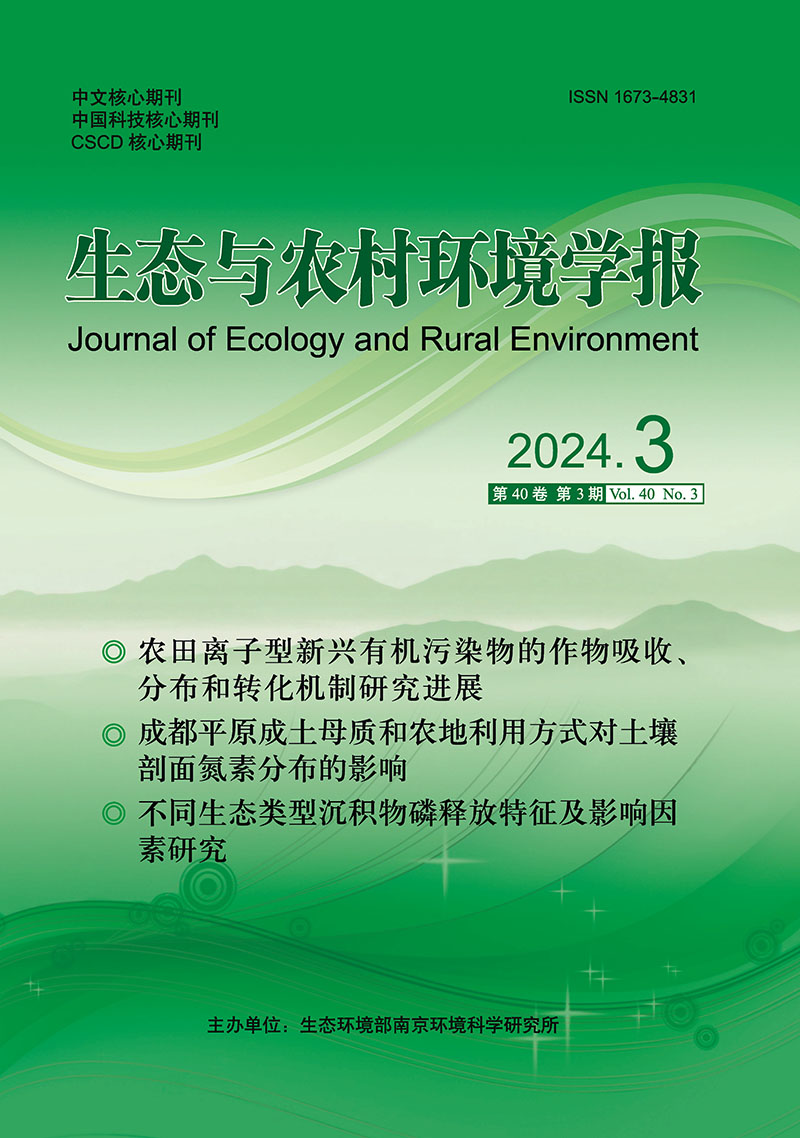-
Spatial and Temporal Dynamics of Soil Quality in Representative Farmland of Fengqiu County
- XIE Yue, MA Dong-hao, WANG Qing-yun, ZHAO Bing-zi, ZHU An-ning, ZHANG Cong-zhi, ZHANG Jia-bao, Li Xiao-peng
-
2024, 40(3):
408-417.
doi:10.19741/j.issn.1673-4831.2022.1170
-
 Abstract
(
39 )
Abstract
(
39 )
 HTML
(
1)
HTML
(
1)
 PDF (4402KB)
(
56
)
PDF (4402KB)
(
56
)
-
References |
Related Articles |
Metrics
The Huang-Huai-Hai Plain is an important agricultural region in China, taking an overall system evaluation of its typical soil quality changes holds great significance in guiding agricultural production. Fengqiu County was chosen as the study area, and the data of the typical tidal soil of the county of the years of 1984, 2003, and 2011 consisting of 17 soil indexes were used. These indexes were based on soil functions within ecological processes such as crop production, carbon sequestration, water purification, nutrient transport, and others, to construct an integrated soil quality evaluation system. Functional scores and the comprehensive index of soil quality were computed using principal component analysis combined with the TOPSIS ranking method. The spatial and temporal changes of the 27 years in soil quality and function within the tidal soil tillage area of Fengqiu County were depicted through GIS spatial interpolation. The results reveal: (1) The levels of soil total nitrogen, total phosphorus, alkaline nitrogen, available phosphorus, available potassium, organic matter, cation exchange capacity, saturated hydraulic conductivity, and porosity in Fengqiu County displayed varying degrees of increasing trends, while total potassium content, pH levels, bulk density, field water capacity, and available water content decreased annually. (2) Soil functions related to crop production, carbon sequestration, and nutrient transport in Fengqiu County increased by 9.29%, 9.68%, and 7.36%, respectively, while the score for water retention and purification function decreased by 4.17%. (3) The comprehensive index of soil quality improvement in Fengqiu County became more apparent. In 1984, all the comprehensive index of soil quality in farmland across the county was ≤2.0, while by 2003, the area with the index >2.0 accounted for 8.44% of the total county area, and the percentage of the area with the index >2.0 was further raised to 24.05% in 2011. Overall, the protection and utilization strategies for cultivated land in Fengqiu County over the 27 years were proven to be largely effective, leading to a continuous development towards improved overall quality. These findings can serve as a reference for sustainable use of cultivated land resources in the Huang-Huai-Hai Region.
-

